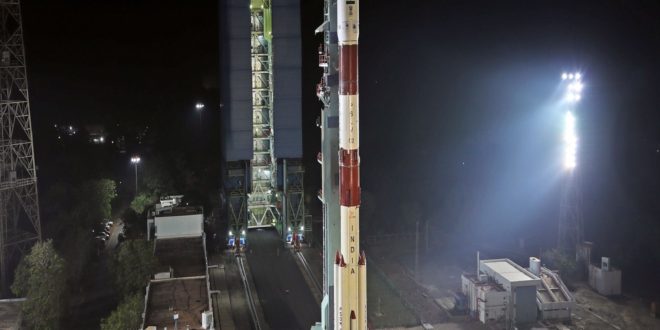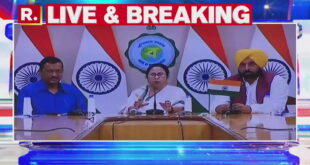ISRO, India’s premier space agency, scripted yet another stunning history on Sunday after the successful lift-off of SSLV-D1, which is carrying two satellites. Termed the next-generation mission, the SSLV puts the Indian Space Research Organisation in a new sphere.
The 34-meter-long SSLV rocket lifted off the Satish Dhawan Space Centre at 9:18 on Sunday morning. While the initial progress was very smooth, around 12 minutes into the orbit-bound journey, the mission developed some technical snag. As of now, the ISRO has not said anything about this issue. ISRO’s SSLV-D1 is essentially a three-stage mission with solid fuel as its main power source.
Apart from the scientists and technical team, the general public was also invited to view the spectacular sight of the blast-off at the Sriharikota spaceport. The countdown for SSLV, which stands for Small Satellite Launch Vehicle, was completed after seven and a half hours, says ISRO.
ISRO said it is “analyzing the data” on its most miniature rocket, SSLV-D1, which lifted off from the launchpad in Sriharikota this morning, having an earth observation satellite and a student satellite.
ISRO chairman S Somanath said, “SSLV-D1 functioned as anticipated at all stages, except for the terminal phase of the mission, where some data loss had occurred. We are analyzing the data to conclude the final outcome of the mission with respect to achieving a stable orbit.”
The SSLV-D1 is carrying a satellite named “AzaadiSAT,” containing 75 payloads built by 750 school students to celebrate the 75th Anniversary of Independence. The girl students who designed Satelite also witnessed the SSLV-D1 launch at the space launchpad in Sriharikota.
 India One News
India One News





